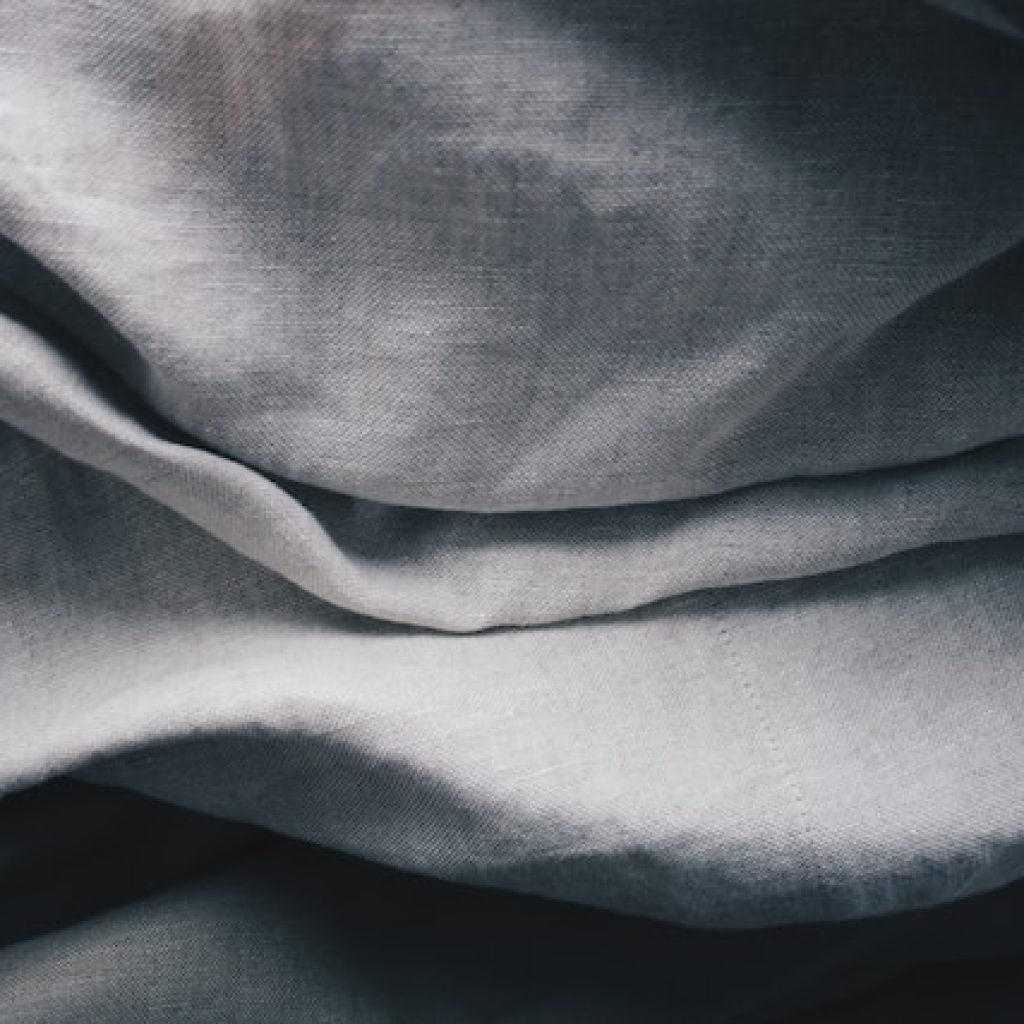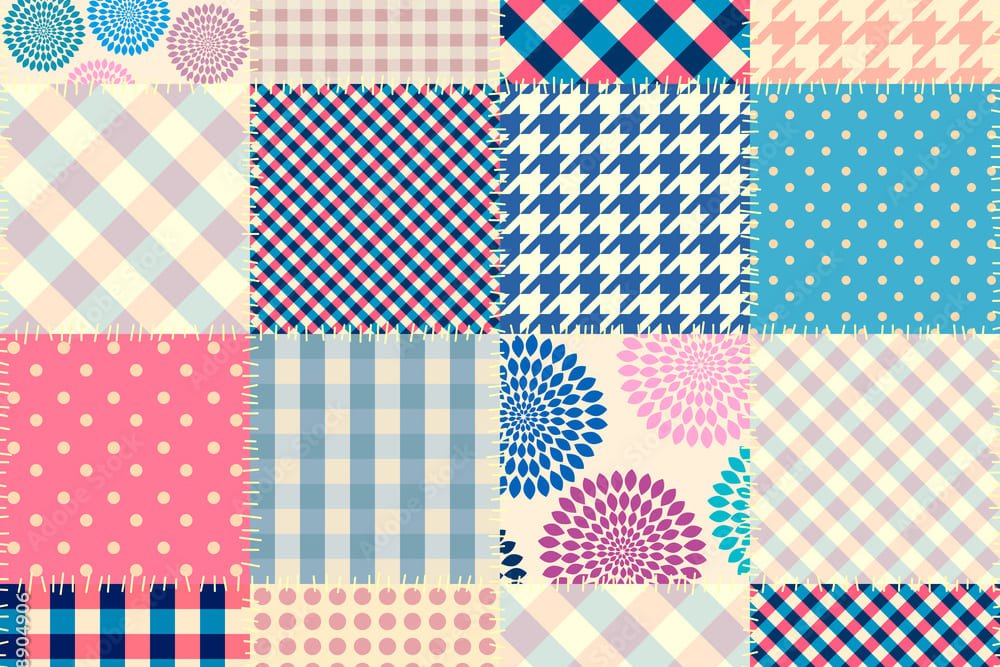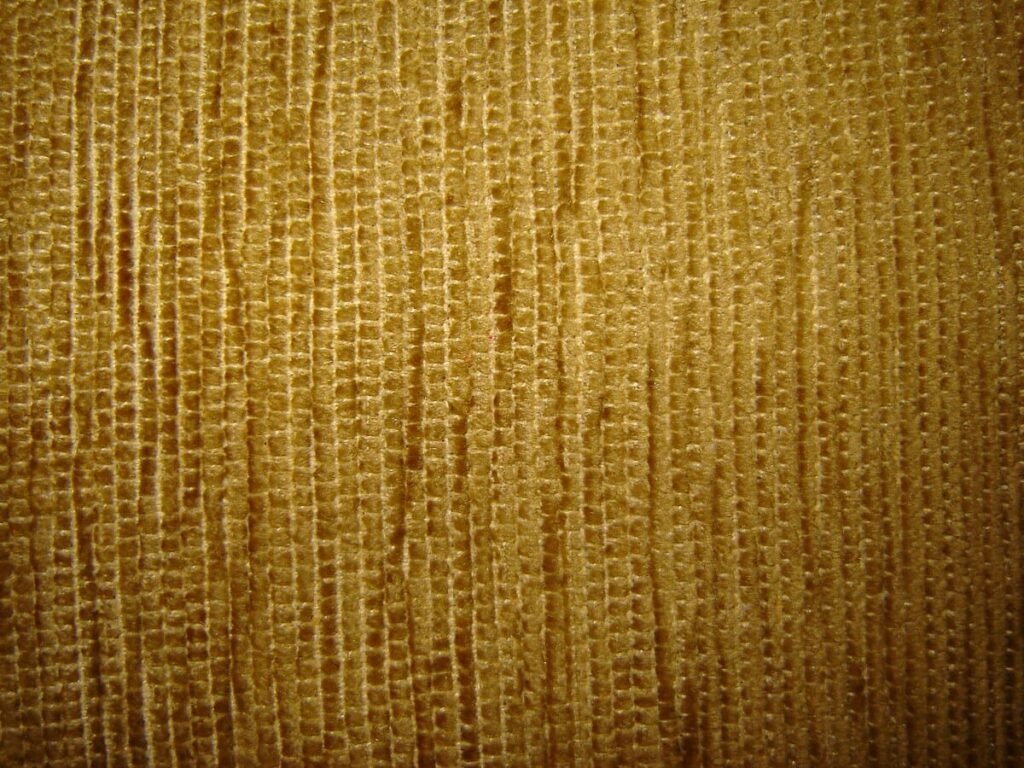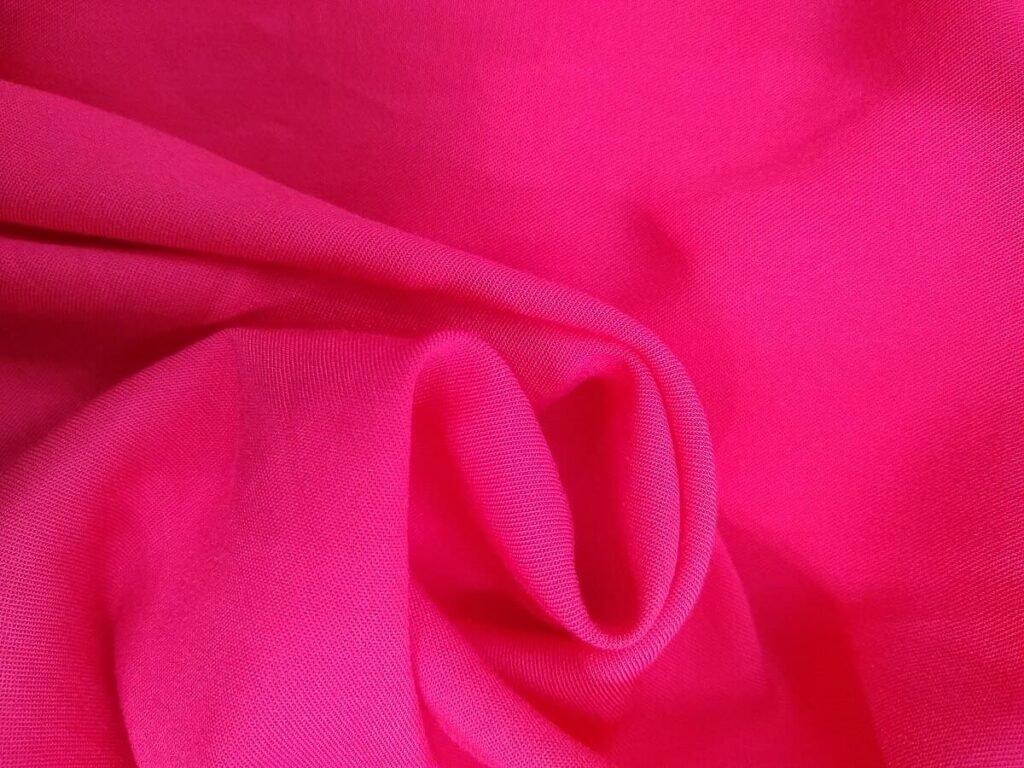
Understanding the significance of upholstery fabric cleaning code is paramount in maintaining a pristine and stylish home. This comprehensive guide aims to decode and navigate these codes, empowering you to preserve the beauty of your upholstered furniture effectively.
Understanding the W Code:
The “W” (Water) code signifies that the fabric can withstand water-based cleaning agents. To maintain such fabrics, opt for mild soaps or detergents, providing a thorough yet gentle cleansing. This code opens a door to a world of effective and accessible cleaning methods.
- Spot clean with water-based shampoo or foam upholstery cleaner.
- Pre-test for color issues; seek professional cleaning for overall soiling.
Unraveling the S Code
Fabrics marked with the “S” (Solvent) code demand a more nuanced approach. Solvent-based cleaning is the key here. Utilizing suitable solvents ensures that your upholstery remains pristine without compromising its structural integrity.
- Use a water-free, dry-cleaning solvent for spot cleaning.
- Pre-test in an inconspicuous area to avoid color fading.
- Avoid over-saturation and refrain from using water.
- Prevent overall soiling with regular vacuuming and gentle brushing.
- Blot spills immediately and clean stains from the outside inward.
The Versatility of WS or SW Codes
Fabrics carrying both “WS” (Water or Solvent) or “SW” codes offer a harmonious blend of options. This versatility allows you to choose between water-based and solvent-based cleaning methods based on your preference and the fabric’s requirements. It’s a balancing act that maximizes flexibility in upholstery care.
- Spot clean with upholstery shampoo or mild detergent.
- Pre-test for color bleeding, fading, or transfer.
- Avoid over-saturation; use professional cleaning for overall soiling.
The Limitations of X Code
Fabrics with the enigmatic “X” code require a hands-off approach to liquid cleaning.
The “X” symbol indicates that the chenille fabric should not be cleaned with water or solvents. Instead, vacuuming and brushing become your allies in maintaining cleanliness without risking damage.
- Clean by vacuuming or light brushing, avoiding water or solvents.
- Consult a professional upholstery cleaner for comprehensive cleaning.
Tips for Washable Fabrics
Spot Cleaning
- Dilute mild detergent in distilled water for spot cleaning.
- Blot stained areas gently to prevent spreading.
- Avoid rubbing to prevent fabric damage.
- Repeat to ensure soap removal and prevent future stains.
Machine Washing for Slipcovers:
- Washable fabrics in slipcovers can be machine cleaned.
- Use gentle settings to prevent shrinkage, fading, or damage.
- Wash all parts evenly for consistent color and wear.
Pre-washed Fabrics and Vacuuming Tips:
- Pre-washed fabrics can be spot cleaned but not machine washed.
- Use a water-soluble cleaner for spot cleaning.
- Regularly vacuum upholstery with an upholstery brush attachment.
- Avoid electric beater bar attachments to prevent fabric damage.
Conclusion
In this comprehensive guide, we’ve unraveled the mysteries of fabric cleaning codes, arming you with the knowledge to preserve the vibrancy of your upholstery. As you embark on your journey to a cleaner, more inviting living space, don’t forget to explore our detailed guide on cleaning chenille for specialized tips on caring for this luxurious fabric. Understanding these codes and incorporating practical tips ensures not just spotless furniture but a home radiating with warmth and elegance. For additional insights, delve into this Slipcover Care video. Happy cleaning!



